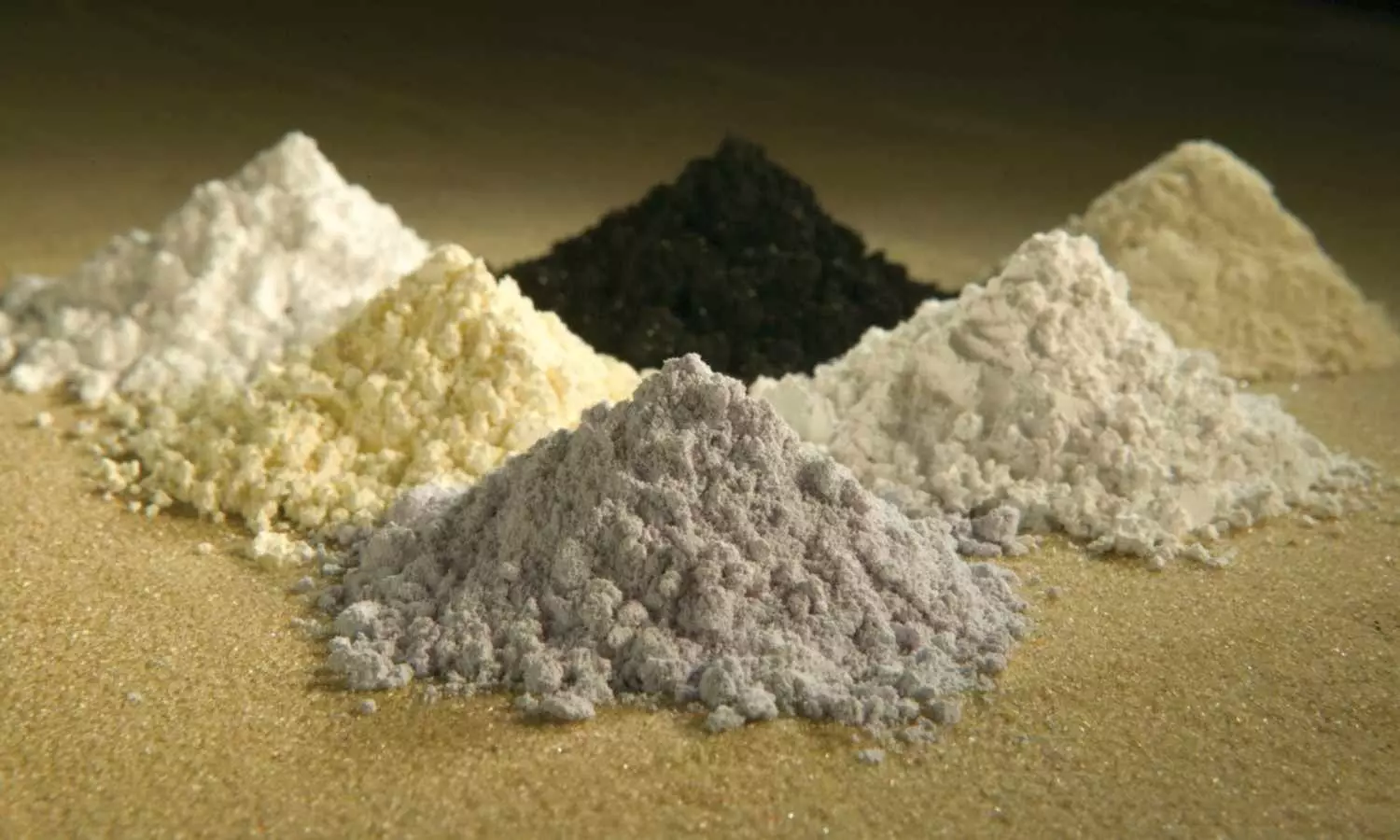How rare are rare earth elements in India
India holds about 6% of global rare earth reserves, with key deposits in monazite-rich coastal sands of Tamil Nadu, Andhra Pradesh, and Odisha. While not geologically rare, economically viable extraction remains limited.
How rare are rare earth elements in India

While "rare earth elements" (REEs) are not actually rare in the Earth's crust, their extraction and processing are challenging, making them economically and strategically important. India has the fifth-largest REE reserves globally, particularly in coastal and inland placer sands. However, despite these substantial reserves, India's contribution to global REE production is less than 1%. This is due to limited investment in mining and refining infrastructure, as well as challenges in extracting REEs from low-grade deposits and developing advanced separation and refining technologies, particularly compared to China, the US, and Japan.
India possesses significant REE reserves, estimated at 6.9 million metric tons, making it the fifth-largest globally. However, its production remains low, with less than 1% of global REE output.
India is the fifth-largest rare earth resource globally, with significant deposits in the monazite minerals. There are around 13.07 million tonnes of REEs, mainly found in the monazite sand, which contains 55-60% total Rare Earth Elements oxide.
India's primary REE deposits are found in coastal beach sands, which often contain low mineral content.
India’s decision to cordon off its rare earth output set the tone for a nervous week in critical mineral markets. New Delhi ordered Indian Rare Earths Limited (unlisted) to halt neodymium exports to Japan, a dramatic break with a 13-year supply pact and a reminder that Chinese licensing controls have given every producer political leverage. Although India mined only 2,900 tonnes of neodymium oxide last year, officials now pledge to reserve enough for a future magnet industry and to sweeten domestic processing with incentives.
Beijing answered from the shadows. Satellite imagery and local reports show the United Wa State Army—long backed by China—ring-fencing freshly opened dysprosium and terbium-rich deposits in Myanmar’s Shan State. Trucks already carry concentrate across the border, offsetting supply lost to fighting farther north and tightening China’s grip on the heavy rare earths that temper heat in electric-vehicle (EV) motors and precision-guided munitions.
While exploration efforts are underway, particularly in Rajasthan, commercially viable deposits of magnet-grade REEs haven't been verified yet.
India lacks the technology and infrastructure for large-scale mining and processing of REEs, leading to reliance on imports, particularly magnets, mainly from China.
The Indian government is actively working to develop a self-reliant REE supply chain through the National Critical Mineral Mission and exploration projects.
Efforts are being made to develop advanced separation and refining technologies to process REEs domestically, reducing reliance on imports and increasing domestic production.
The economic importance of REEs lies not just in their value as raw materials but in their crucial role in numerous downstream industries such as electronics, defense technologies, electric vehicles, clean energy etc., which contribute significantly to global GDP and technological advancement. Ensuring a secure and sustainable supply chain for these critical materials is a major economic and strategic imperative for nations worldwide.
The scope for further rare earth mining is much more in Brazil, which has 19% share in reserves but only 0.02% in mining. Similarly, India’s share in global reserves is at 6.27% but its share in mining is limited to 0.83%.
REEs are critical for modern technologies based on semiconductors. These serve as critical inputs at different stages of production. REEs are, therefore, vital for India’s future growth. Any shortage will serve as a substantive bottleneck in growth and employment. Since REEs serve as a critical input throughout the modern production chains, they will have a substantial role linked to forward linkages in output generation and employment, which will be essential for optimizing opportunities generated by India’s demographic dividend.
India possesses a significant quantity of REEs. What is now needed is accelerating the extraction of REEs and developing REE processing techniques within the country. India has launched National Critical Mineral Mission (NCMM) in 2025 for this purpose. Under the NCMM, Geological Survey of India (GSI) has been assigned to carry out 1,200 exploration projects from FY25 to FY31. To reduce India’s import dependency in REEs, the Atomic Minerals Directorate for Exploration and Research (AMD) is carrying out exploration to augment resources along the coastal, inland and riverine placer sands of the country. IREL Limited, a public sector undertaking under Department of Atomic Energy (DAE), has been mandated to produce REEs in the form of high pure rare earth oxides from rare earths bearing mineral Monazite in India.
Going forward, substantial additional resources need to be allocated by central and state governments as well as the private sector for research and development in the field of rare earths. Strategic partnerships for REEs are also needed with countries that are known to have large REE reserves, such as Myanmar, Vietnam, Brazil, South Africa and Tanzania.

